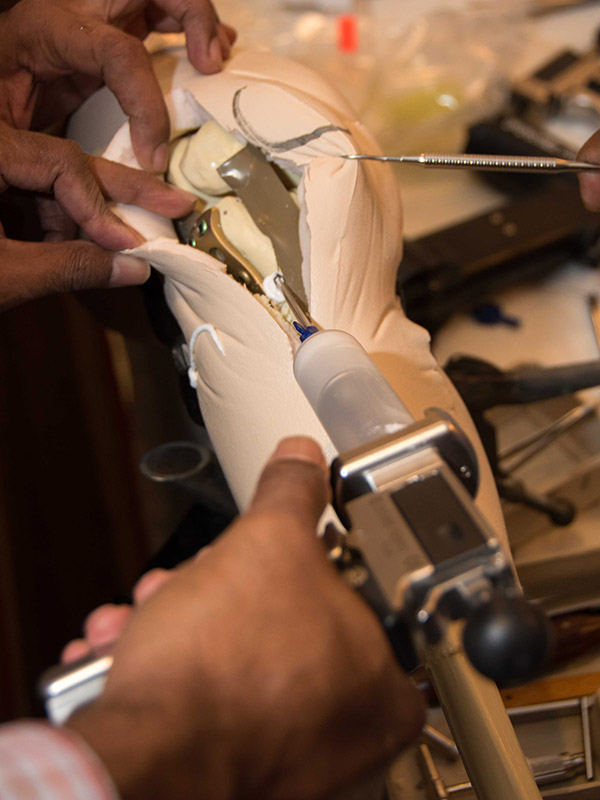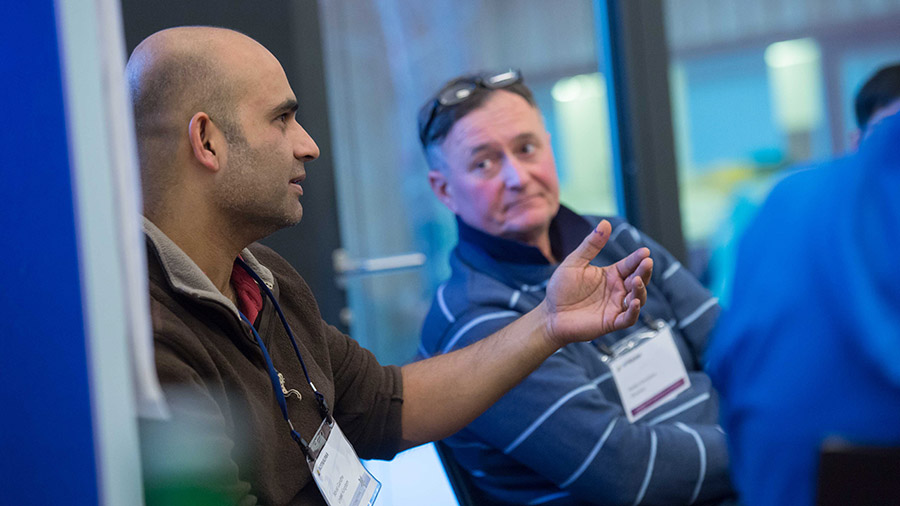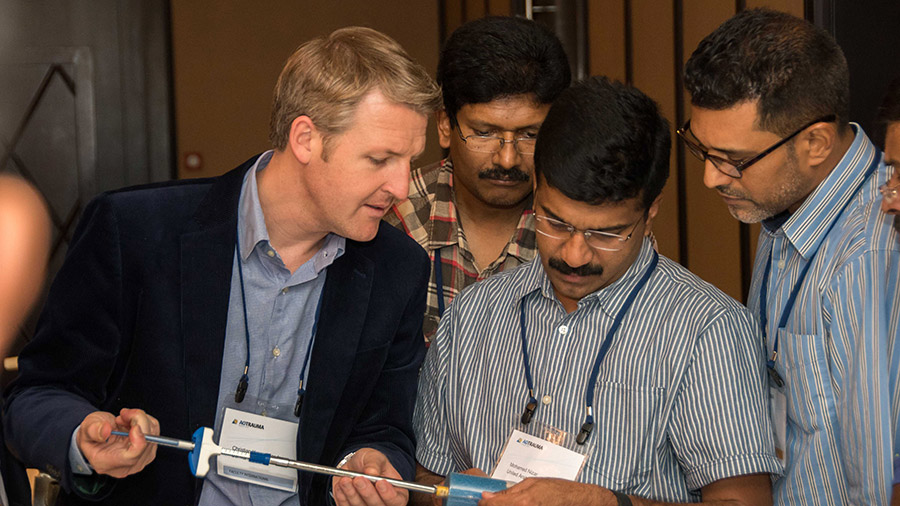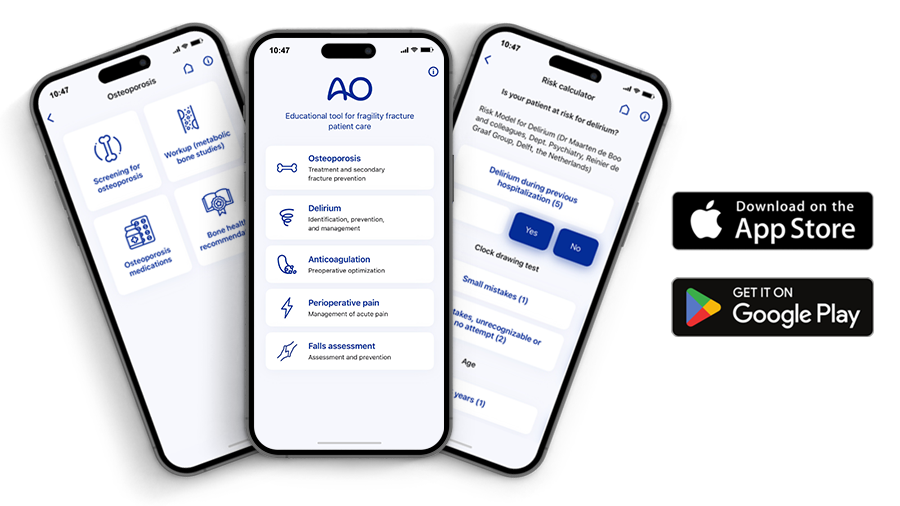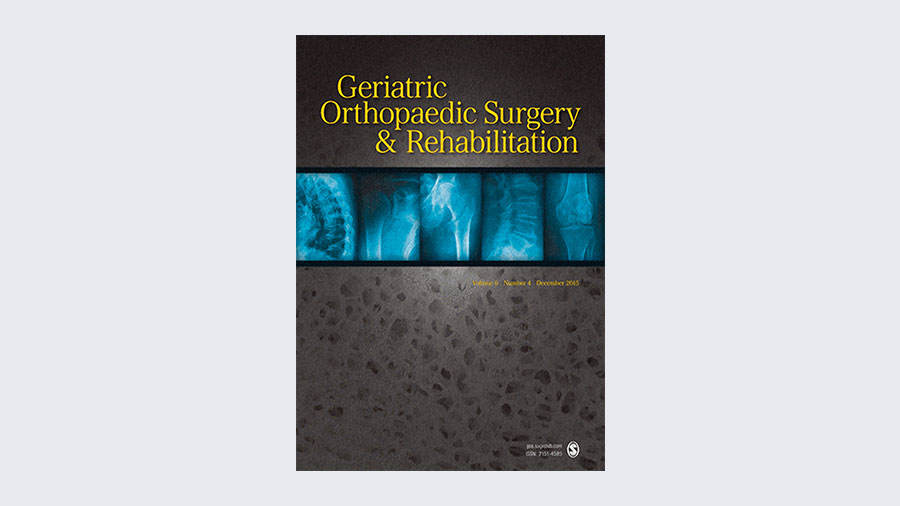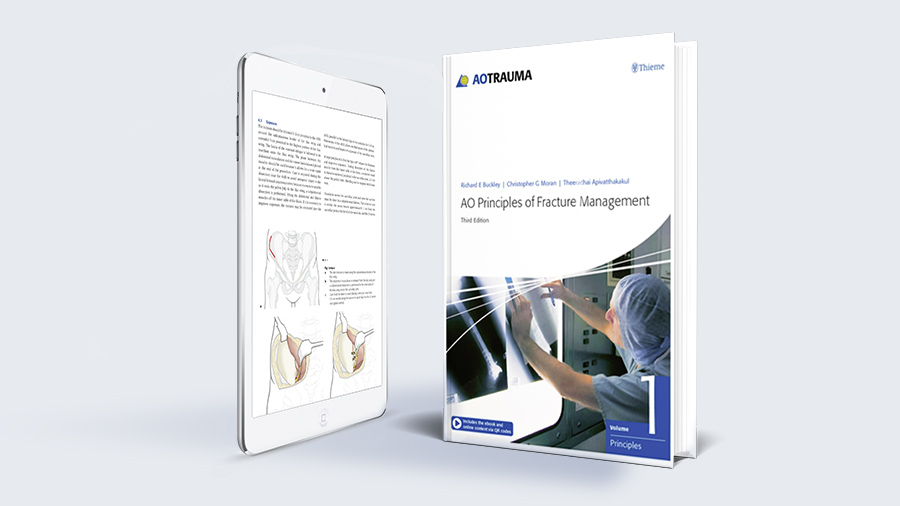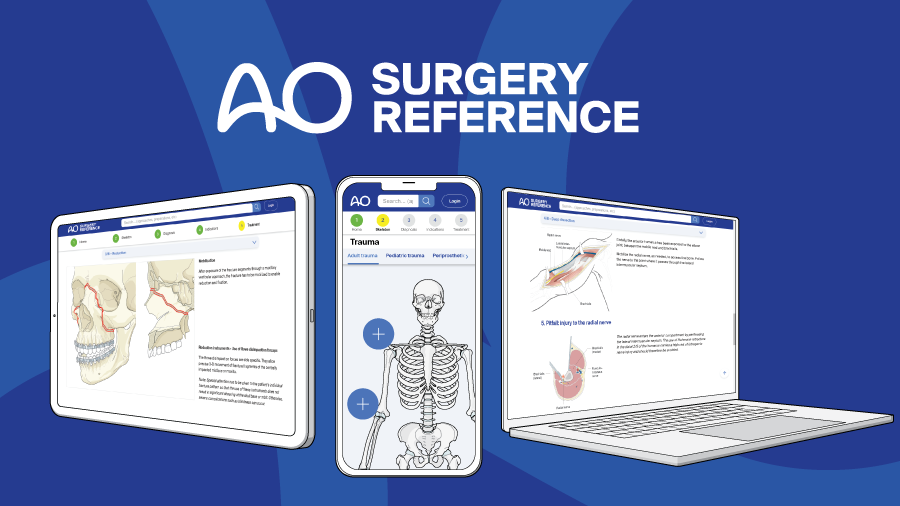AO Trauma Course—Operative Fragility Fracture Management
This course addresses current concepts and state-of-the-art treatment options fragility fracture care. A combination of case discussions, anatomical specimen labs, and evidence-based lectures will be used to deliver the content. Indications and techniques in osteoporotic fracture care will be discussed and practiced.
The principles and advantages of comanaged care approach will be identified. Facilitated by an expert Faculty consisting of both surgeons and medicine physicians, an important focus will be placed on group discussions and hands-on.
Why you should choose this course
Top national, regional, and international faculty
2-3 days in duration
For surgeons who already treat (fragility fractures)
Network with colleagues from all over the world
CME credits
Course content
-
Course modules
- Module 1: Proximal femur
- Module 2: Pelvis and spine
- Module 3: Upper extremity
-
Small Group discussions and lectures
- How to deal with complications
- Periprosthetic femoral fractures
- Atypical femoral fractures
- Prevention of fixation failures by the use of augmentation
- Osteoporosis—diagnosis, treatment and secondary fracture prevention
- Comorbidity and perioperative optimization
- Femoral neck fracture fixation in elderly patients—what is the best option? (evidence)
- Intertrochanteric fracture fixation—plate versus nail (evidence)
- How to overcome reduction problems in subtrochanteric fractures—tips and tricks
- Operative treatment of pelvic and acetabular fractures in the elderly—indications and surgical techniques
- Vertebral column fractures—when and how to operate?
- General principles of anticoagulation and bleeding disorders
- General principles of pain management
- Principles of comanaged care
- Postoperative medical management (including delirium)
- Proximal humeral fracture—nonoperative treatment, plate, nail or replace?
- Failed fixation in proximal humeral fracture treatment—how to manage it?
- Complex elbow fractures—tips and tricks
- Fractures around the wrist—what is important?
-
Plenary case discussions
- Osteoporotic fractures of the pelvis, acetabulum and vertebral column
- Osteoporotic fractures of the humerus
-
Anatomical Specimen Laboratory
- Anterior approach to the hip
- Creation of an intertrochanteric fracture
- Fracture fixation with TFNA
- Master table demonstration of augmentation
- How to deal with complications group discussion
- Periprosthetic femoral fractures group discussion
- Atypical femoral fractures group discussion
- Prevention of fixation failures by the use of augmentation group discussion
- Creation of a proximal humeral fracture through a deltopectoral approach
- Fracture fixation through anterior acromial approach with nail
- Osteoporotic fractures of the upper extremity group discussion
Course details may be subject to change. Please check your chosen date and location for the detailed program.
Target audience
- Practicing surgeons in orthopedic trauma, orthopedics, and general trauma
- Geriatricians and other medicine physicians (eg, internal medicine, anesthesiology)
- Residents/trainees (surgical and medical)
Competencies
The education taskforce has identified the following competencies for this area of practice:
- Correctly fix fragility fractures as indicated
- Adapt treatment in line with aging
- Recognize comorbidities and polypharmacy
- Prevent, identify, and treat complications
- Address secondary prevention (osteoporosis, falls)
- Restore function early
- Apply the basic science of fixation and bone biology
- Initiate and comanage patient care with the healthcare team
- Build a system of care for fragility fractures
- Seek to restore and preserve functionality, independence, and quality of life
What does competency-based curriculum development mean?
Resources
Orthogeriatrics Mobile App
Discover this educational tool for health-care professionals managing older adults with fragility fractures.
AO Surgery Reference
Explore the award-winning online repository for surgical knowledge, describing the complete management process from diagnosis to aftercare for fractures in a given anatomical region.
Orthogeriatrics education taskforce

Hala Samir Sweed (Egypt)
Term: 2026
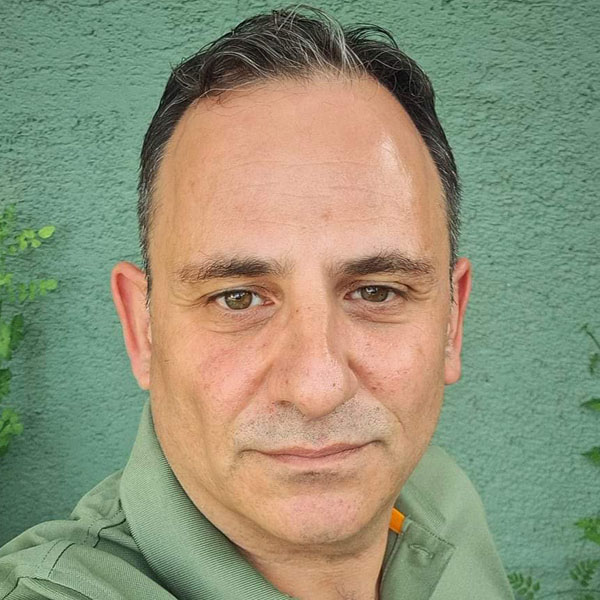
Theo Tosounidis (Greece)
Term: 2025–2026
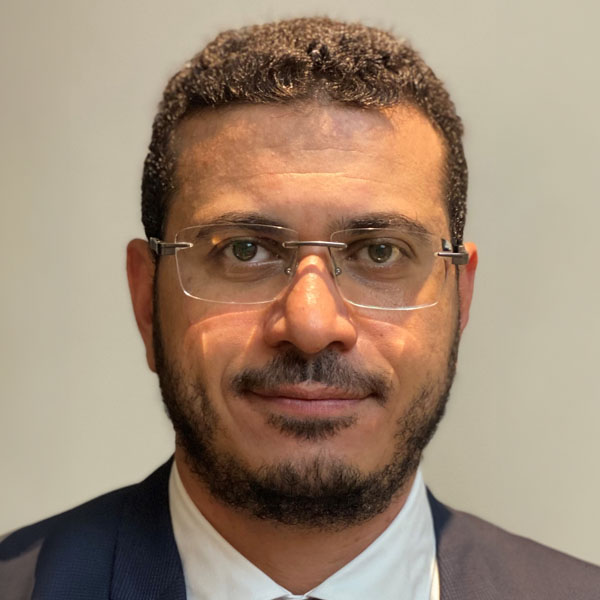
Radwan G Metwaly (Egypt)
Term: 2025–2026
See a full list of all regional program contributors and past international program editors.
Not the right course?
Find our list of all curricula courses here.

